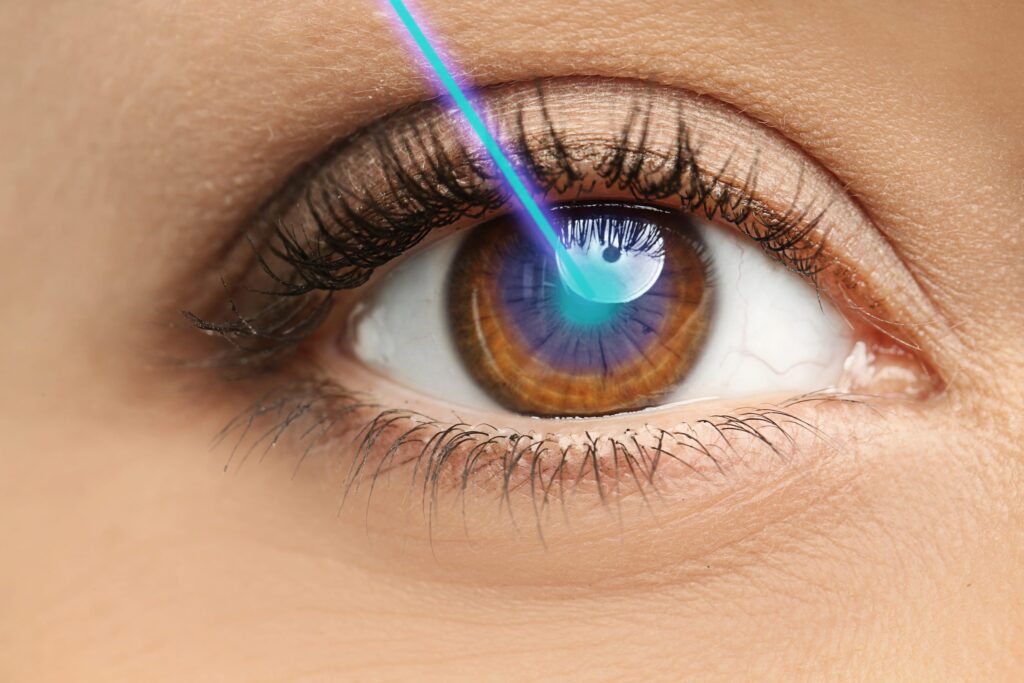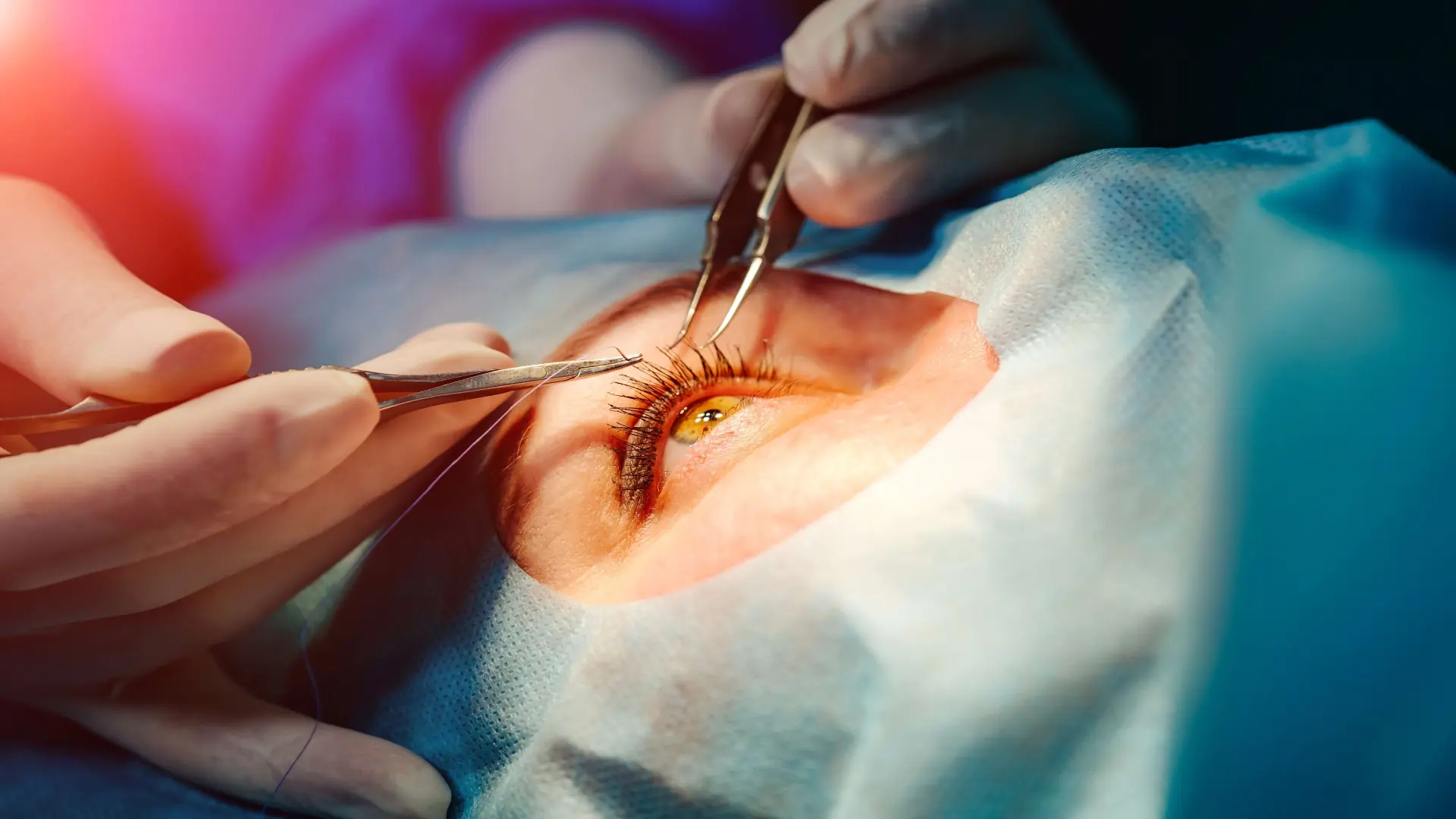In recent years, SMILE (Small Incision Lenticule Extraction) laser eye surgery has emerged as a popular alternative to traditional LASIK procedures. Many individuals are drawn to its potential benefits, including minimal invasiveness and quicker recovery times. However, as with any medical procedure, understanding the costs involved is crucial. This article delves into the financial aspects of SMILE surgery and evaluates whether it is a worthy investment for those seeking vision correction.
Understanding SMILE Laser Eye Surgery
SMILE is a state-of-the-art laser eye surgery technique designed to correct refractive errors such as myopia (short-sightedness) and astigmatism. Unlike traditional LASIK, which involves creating a flap in the cornea, SMILE uses a small incision to remove a lenticule of tissue, reshaping the cornea without the need for a flap. This innovative approach not only reduces the risk of complications but also promotes faster healing.
In conclusion, SMILE laser eye surgery cost presents a compelling option for those seeking to improve their vision. While the cost may seem significant, the potential benefits, including enhanced quality of life and long-term savings, make it a worthy investment for many individuals. Understanding the factors influencing the cost, exploring financing options, and considering personal circumstances can aid in making an informed decision.

The Procedure Explained
The SMILE procedure typically takes less than 30 minutes per eye. Patients are given numbing drops to ensure comfort throughout the process. A femtosecond laser creates a precise lenticule within the cornea, which is then extracted through a small incision. The entire procedure is performed under local anaesthetic, meaning patients remain awake but relaxed.
Post-surgery, most individuals experience a significant improvement in vision within a day or two, with many returning to normal activities shortly thereafter. This rapid recovery is one of the key advantages that draw people to SMILE. Many patients report that their vision stabilises quickly, allowing them to enjoy activities such as reading, driving, and sports without the need for glasses or contact lenses. The precision of the SMILE technique also means that the results are often long-lasting, providing a permanent solution to refractive errors.
Benefits of SMILE Surgery
One of the primary benefits of SMILE surgery is its minimally invasive nature. The small incision reduces the risk of complications such as dry eye syndrome, which can occur with traditional LASIK. Additionally, the absence of a corneal flap means that there is less chance of dislocation or other flap-related issues.
Furthermore, patients often report a more comfortable experience during and after the procedure. The quick recovery time allows individuals to resume their daily routines almost immediately, making SMILE an appealing option for those with busy lifestyles. Many patients find that they can return to work within a day or two, which is particularly advantageous for those in demanding jobs or with family commitments. Moreover, the procedure has been shown to be effective for a wide range of prescriptions, making it a versatile choice for many individuals seeking vision correction. The growing popularity of SMILE also reflects a broader trend towards advanced, less invasive surgical techniques in the field of ophthalmology, as patients increasingly seek out options that offer both safety and efficacy. Read more about efficacy on https://pubmed.ncbi.nlm.nih.gov/38172851/
Cost Breakdown of SMILE Laser Eye Surgery
When considering SMILE surgery, understanding the costs involved is essential. The price can vary significantly based on various factors, including the surgeon’s experience, the technology used, and the clinic’s location. On average, the cost of SMILE surgery in Australia ranges from AUD 3,000 to AUD 5,000 per eye.
Factors Influencing the Cost
Several factors can influence the overall cost of SMILE surgery. Firstly, the surgeon’s expertise plays a crucial role. Highly experienced surgeons may charge more for their services, but their track record can provide peace of mind regarding the procedure’s safety and effectiveness.
The technology used during the procedure also affects the price. Clinics that invest in advanced laser systems may charge higher fees, but this investment often translates to better outcomes and fewer complications. Additionally, the location of the clinic can impact costs; metropolitan areas may have higher prices due to increased demand and operating expenses.
What’s Included in the Cost?
When assessing the cost of SMILE surgery, it is important to consider what is included in the price. Typically, the quoted fee covers the pre-operative consultation, the surgery itself, and post-operative follow-up appointments. Some clinics may also offer additional services, such as enhanced imaging or advanced technology, which can further influence the overall cost. Click here to find more about technology.
It is advisable to inquire about any potential hidden fees, such as charges for medications or additional follow-up visits. A comprehensive understanding of the total cost will help individuals make informed decisions regarding their investment in vision correction.
Moreover, patients should also consider the long-term financial implications of undergoing SMILE surgery. While the initial outlay may seem substantial, many individuals find that the elimination of ongoing costs associated with glasses or contact lenses can offset the surgery’s price over time. For instance, the average annual expenditure on contact lenses and solutions can add up significantly, making SMILE surgery a financially sound choice in the long run. Furthermore, the convenience of not having to manage corrective eyewear can greatly enhance one’s quality of life, particularly for those with active lifestyles or professions where clear vision is paramount.
Additionally, many clinics offer financing options or payment plans to help make the procedure more accessible. These arrangements can allow patients to spread the cost over several months or years, making it easier to manage within their budget. It is worth exploring these options, as they can provide a pathway to achieving clearer vision without the burden of a large upfront payment. Ultimately, understanding both the immediate and future financial aspects of SMILE surgery is crucial for anyone considering this transformative procedure.
Financing Options for SMILE Surgery
Given the financial commitment associated with SMILE surgery, many individuals seek financing options to make the procedure more accessible. Several clinics offer payment plans that allow patients to spread the cost over several months or years, making it easier to manage the expense. These plans often come with flexible terms, enabling patients to choose a repayment schedule that aligns with their budgetary constraints. Some clinics may even offer interest-free financing for a limited period, which can significantly reduce the overall cost burden.
Health Insurance Considerations
In Australia, most health insurance policies do not cover elective procedures like SMILE surgery. However, it is worth checking with your provider to determine if any partial coverage or rebates are available. Some policies may offer benefits for related consultations or pre-operative assessments, which can help offset costs. Furthermore, it is advisable to keep abreast of any changes in policy offerings, as insurers occasionally update their packages to include new technologies and procedures.
For those without insurance coverage, exploring financing options directly with the clinic can provide a feasible path to obtaining the procedure. Many clinics are willing to work with patients to create a payment plan that suits their financial situation. Some may even partner with third-party financing companies, allowing patients to apply for loans specifically designed for medical procedures, which can further enhance accessibility.
Tax Deductions and Health Savings Accounts
In certain circumstances, individuals may be able to claim tax deductions for medical expenses related to vision correction. Consulting with a tax professional can provide clarity on eligibility and potential deductions. Additionally, if a health savings account (HSA) is available, funds can often be used to cover eligible medical expenses, including laser eye surgery. This can be particularly beneficial for those who have been setting aside funds in their HSA for future medical needs, as it allows for a tax-efficient way to manage the costs associated with the procedure.
Moreover, it is essential to keep thorough records of all expenses related to the surgery, as this documentation can be crucial when filing for deductions. Patients should retain receipts from the clinic, as well as any invoices for pre-operative consultations and post-operative care, to ensure they can substantiate their claims. Understanding the nuances of tax regulations and the potential for financial relief can make a significant difference in the overall affordability of SMILE surgery, enabling more individuals to benefit from this innovative vision correction technique.
Is SMILE Surgery Worth the Investment?
Determining whether SMILE surgery is worth the investment involves weighing the costs against the benefits. For many individuals, the ability to achieve clear vision without the need for glasses or contact lenses is invaluable. The convenience and lifestyle improvements that come with enhanced vision can significantly enhance one’s quality of life.
Long-Term Financial Considerations
While the upfront cost of SMILE surgery may seem high, it is essential to consider the long-term financial implications. Over time, the expenses associated with purchasing glasses, contact lenses, and related vision care can accumulate. For many, the investment in SMILE surgery can lead to substantial savings in the long run.
Additionally, the benefits of improved vision can have a positive impact on various aspects of life, including career opportunities, recreational activities, and overall well-being. The freedom from corrective lenses can enhance daily experiences, making the investment more worthwhile.
Patient Testimonials and Success Rates
Patient testimonials often provide valuable insights into the effectiveness of SMILE surgery. Many individuals report high satisfaction rates, with numerous studies indicating that the procedure boasts excellent outcomes and low complication rates. Success stories highlight the transformative impact of achieving clear vision, with many patients expressing regret for not having undergone the surgery sooner.
It is essential to research and consider the experiences of others when making a decision. Engaging with online forums or support groups can offer additional perspectives and help individuals feel more confident in their choice.
Conclusion: Making an Informed Decision
Ultimately, the choice to undergo SMILE surgery should be based on thorough research, consultations with qualified professionals, and an assessment of individual needs and goals. With the right information, individuals can confidently navigate the journey towards clearer vision.

